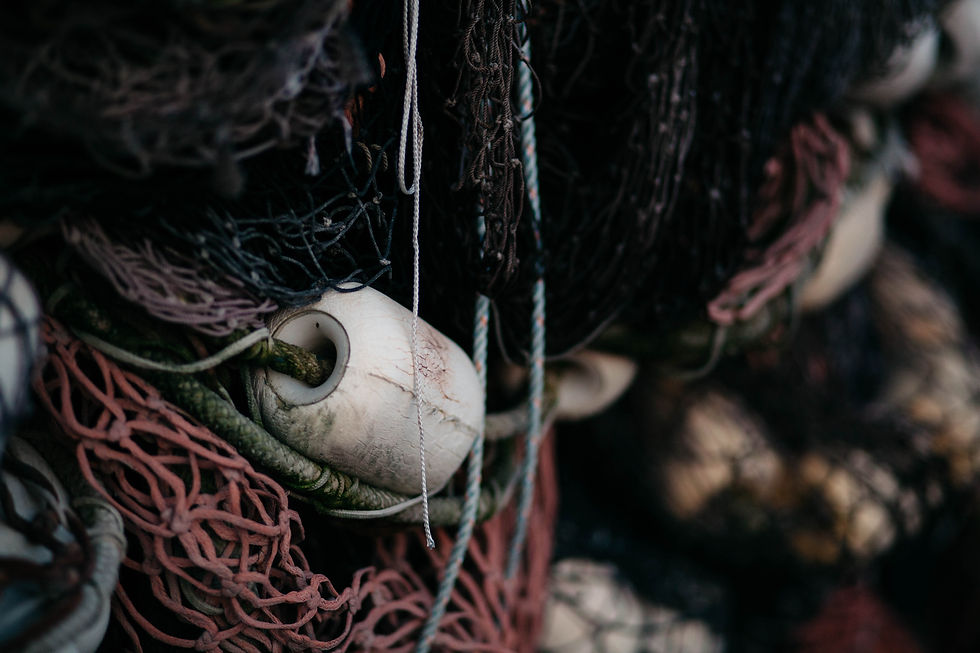Facts that will change your opinion of sharks
- Sphyrnas

- Nov 10, 2020
- 3 min read
Updated: Oct 22, 2021
What word comes to mind when you hear the word “shark”? Do you think vicious or frightening? Or do you think remarkable or victims? When I hear the word shark, the first word that comes to mind is “misunderstood”.

Sharks are widely misunderstood, and among the many misconceptions about sharks, the ones I hear most often are all sharks are the same and sharks have no purpose.
Shark films tend to utilize the same shark with the same vengeful and killer qualities, leaving the impression that all sharks look and act like great white sharks. Sharks are so much more than big teeth and suspenseful movies. There are around 500 species of sharks each unique and different in their own way.
From hammerhead sharks with their hammer-shaped heads to angel sharks with flat bodies, sharks vary in shape, color, diet, and features. Here are 8 facts about sharks that will change your mind about these two common misconceptions.
Sharks vary dramatically in size and diet
The dwarf lantern shark is the smallest shark reaching up to about 8 inches, and the whale shark, which is the largest shark, can reach up to 39 feet long.
Different sharks exhibit multiple diets and feeding behaviors. There are filter feeders who swim with their mouth open feeding mainly on plankton. Some sharks target mammals and sea turtles, and other sharks target small fish, crustaceans, and worms. Then there are nocturnal sharks who are up at night hunting for food and asleep during the day.
Sharks can be surprising
Sharks are incredibly unique and exhibit some incredible features that make it hard to believe that they’re even sharks. Here are some of my personal favorites that demonstrate this uniqueness.
Wobbegong shark: What happens to resemble a carpet is actually just a shark! Wobbegongs have special ornate skin patterns that look like a carpet.
Thresher sharks: These sharks have incredibly long tails.
Goblin sharks: These pink-skinned sharks have long flat snouts and can thrust their jaws out of their mouth to catch prey.
No need to worry about fearing the largest shark
After watching a killer shark movie, you would think that great white sharks are the largest sharks, as they are portrayed larger than normal. Whale sharks are the largest sharks and they are also the gentlest sharks. Being that these sharks are filter feeders, it would be quite tough to catch a human.
There are sharks that can walk
Not only can sharks swim, but this shark can walk! Epaulette sharks inhabit very shallow, isolated tidal pools, in search of food that often gets trapped there. Since these sharks can survive for up to an hour without oxygen, their fins turn into “feet” allowing them to “walk” and hunt for food.
Sharks have been around for a very long time

Sharks have been around for 400 million years, far before dinosaurs. Sharks are an amazing example of years of evolution displaying unique characteristics that have evolved greatly over time.
Intelligence
Being that sharks demonstrate 400 million years of evolution; sharks display some highly intelligent features that humans could never have. Between having 8 senses, to having 3 different ways of reproducing, sharks are probably one of the most diverse and intelligent animals around the world.
Detection of Earth’s electrical field
Sharks have a unique sensory organ that can help them detect the earth’s electrical field called the ampullae of lorenzini. This is most often used to capture prey by the detection of electrical fields generated by prey. This organ is so sensitive that sharks can even detect prey hidden in the sand below them.
Sharks are vital for human survival

Sharks have multiple purposes and are a critical part of human survival. They help keep the food chain balanced, keep the ocean and coral reefs healthy, maintain an abundance of oxygen for the planet, and many more, which all maintain a healthy planet keeping us alive!
MISS Contributed Post: Aug. 2020
Facts that will change your opinion about common shark misconceptions
Written By: Miasara Andrew
After receiving a BA in marine science at Eckerd College in St. Petersburg Florida, Mia will be starting a masters program this fall at the University of Miami focusing on the electroreception of sharks!
During undergrad, Mia was chosen to work at the Bimini Biological Field Station to assist in projects with migrations of Lemon Sharks and Caribbean reef sharks; she's also spent time researching shark biodiversity in South Africa last summer!
Mia is proud to be a #WOSea!
Check out MISS- Minorities in Shark Sciences
for more information or to become a member





Commentaires